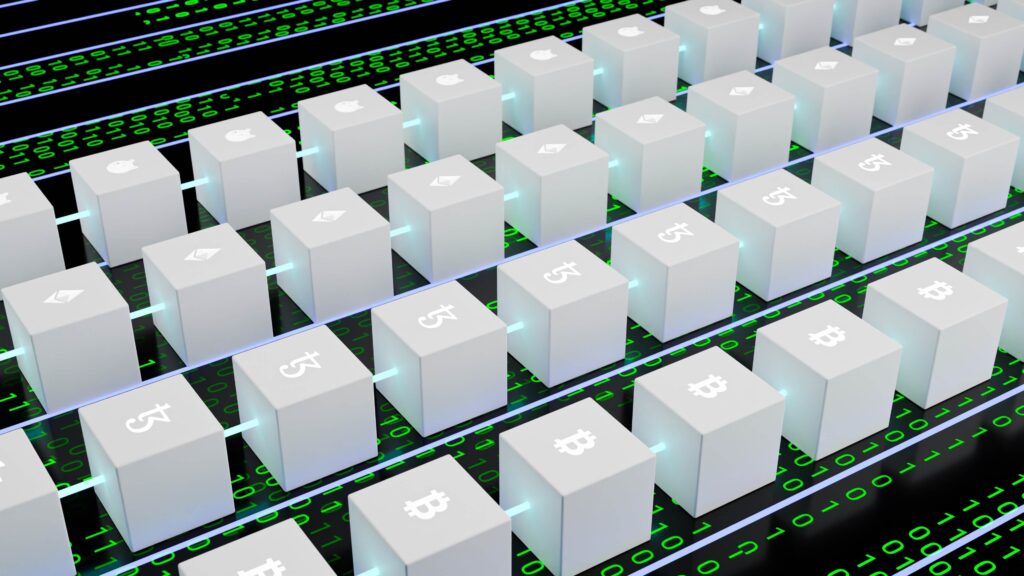
What is Web 3.0? All you need to know to understand it!
Quick view of main differences between Web 1.0, Web 2.0 and Web 3.0.
| Web 1.0 | Web 2.0 | Web 3.0 |
| Despite only providing limited information and little to no user interaction, it was the first and most reliable internet in the 90s. | Because of developments in web technologies such as JavaScript, HTML5, CSS3, etc., and Web 2.0 made the internet a lot more interactive. | Web 3.0 is the next break in the evolution of the Internet, allowing it to understand data in a human-like manner. |
| Before, there was no such thing as user pages or just commenting on articles. | Social networks and user-generated content production have flourished because data can now be distributed and shared. | It will use AI technology, Machine Learning, and Blockchain to provide users with smart applications. |
| Consumers struggled to locate valuable information in Online 1.0 since there were no algorithms to scan through websites. | Many web inventors, including the Jeffrey Zeldman, pioneered the set of technologies used in this internet era. | This will enable the intelligent creation and distribution of highly tailored content to every internet user. |
Although it’s challenging to provide a rigid definition of what Web3 is, a few core principles guide its creation.
Web3 is decentralized: instead of large swathes of the internet controlled and owned by centralized entities, ownership gets distributed amongst its builders and users.
Web3 is permissionless: everyone has equal access to participate in Web3, and no one gets excluded.
Web3 has the appropriate payment methods: it uses cryptocurrency for spending and sending money online instead of relying on the outdated infrastructure of banks and payment processors.
Web3 is trustless: it operates using incentives and economic mechanisms instead of relying on trusted third-parties (TTP).
Why is Web 3.0 important?
Ownership
Web3 gives you ownership of your digital assets in an unprecedented way. For example, say you’re playing an ordinary online game. If you purchase an in-game item, it is tied directly to your account. If the game creators delete your account, you will lose these items. Or, if you stop playing the game, you lose the value you invested into your in-game items.
Web3 allows for direct ownership through non-fungible tokens (NFTs). No one, not even the game’s creators, has the power to take away your ownership. And, if you stop playing, you can sell or trade your in-game items on open markets and recoup their value.
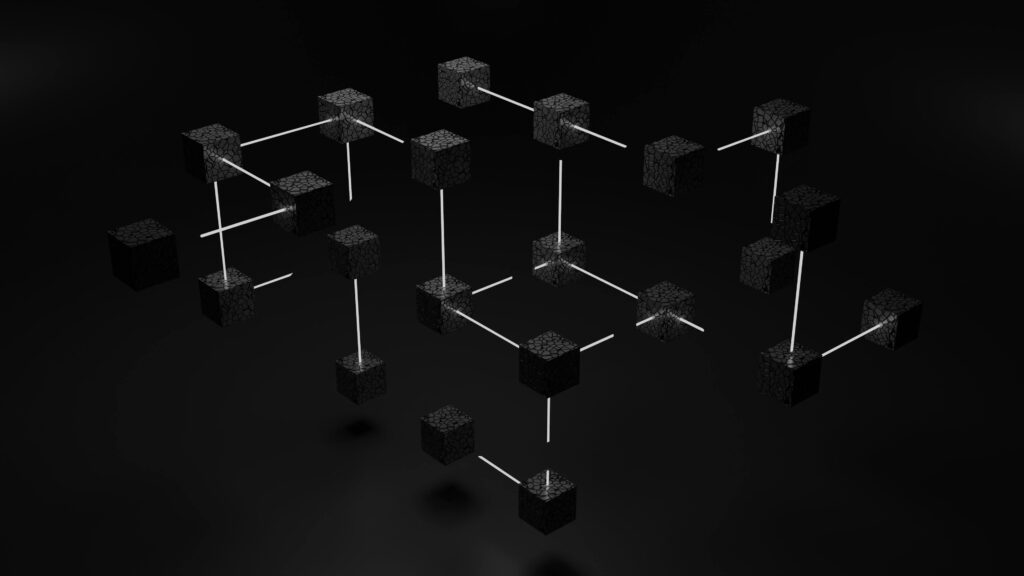
Censorship resistance
The power dynamic between platforms and content creators is massively imbalanced.
Let’s take for example OnlyFans, it is a user-generated adult content site with over 1-million content creators, many of which use the platform as their primary source of income. In August 2021, OnlyFans announced plans to ban sexually explicit content. The announcement sparked outrage amongst creators on the platform, who felt they were getting robbed of an income on a platform they helped create. After the backlash, the decision got quickly reversed. Despite the creators winning this battle, it highlights a problem for Web 2.0 creators: you lose the reputation and following you accrued if you leave a platform. On Web3, your data lives on the blockchain. When you decide to leave a platform, you can take your reputation with you, plugging it into another interface that more clearly aligns with your values.
Web 2.0 requires content creators to trust platforms not to change the rules, but censorship resistance is a native feature of a Web3 platform.
Decentralized autonomous organizations (DAOs)
As well as owning your data in Web3, you can own the platform as a collective, using tokens that act like shares in a company. DAOs let you coordinate decentralized ownership of a platform and make decisions about its future.
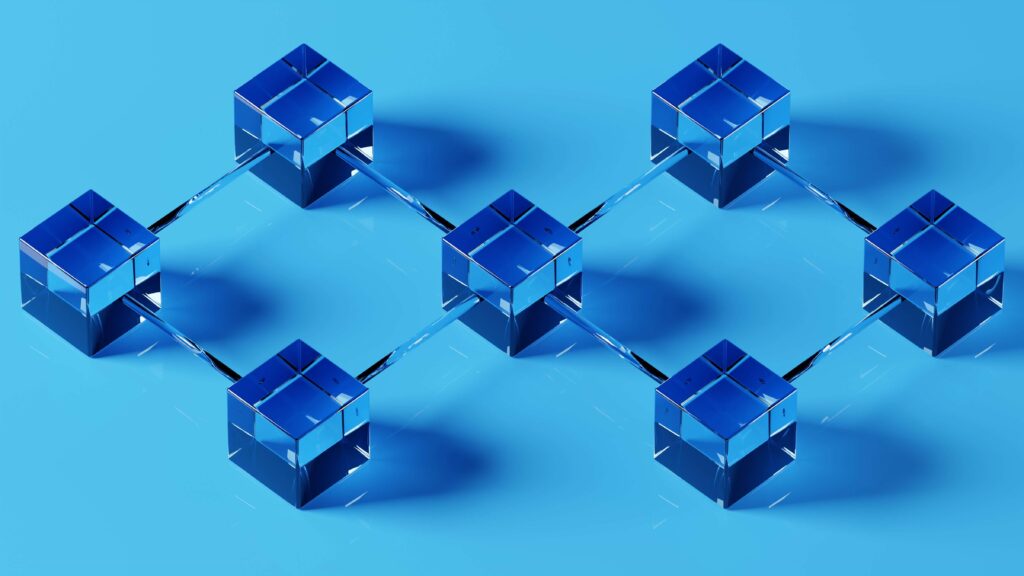
DAOs are defined technically as agreed-upon smart contracts that automate decentralized decision-making over a pool of resources (tokens). Users with tokens vote on how resources get spent, and the code automatically performs the voting outcome.
However, people define many Web3 communities as DAOs. These communities all have different levels of decentralization and automation by code. Currently, we are exploring what DAOs are and how they might evolve in the future.
Identity
Traditionally, you would create an account for every platform you use. For example, you might have a Twitter account, a YouTube account, and a Reddit account. Want to change your display name or profile picture? You have to do it across every account. You can use social sign-ins in some cases, but this presents a familiar problem—censorship. In a single click, these platforms can lock you out of your entire online life. Even worse, many platforms require you to trust them with personally identifiable information to create an account. Web3 solves these problems by allowing you to control your digital identity.
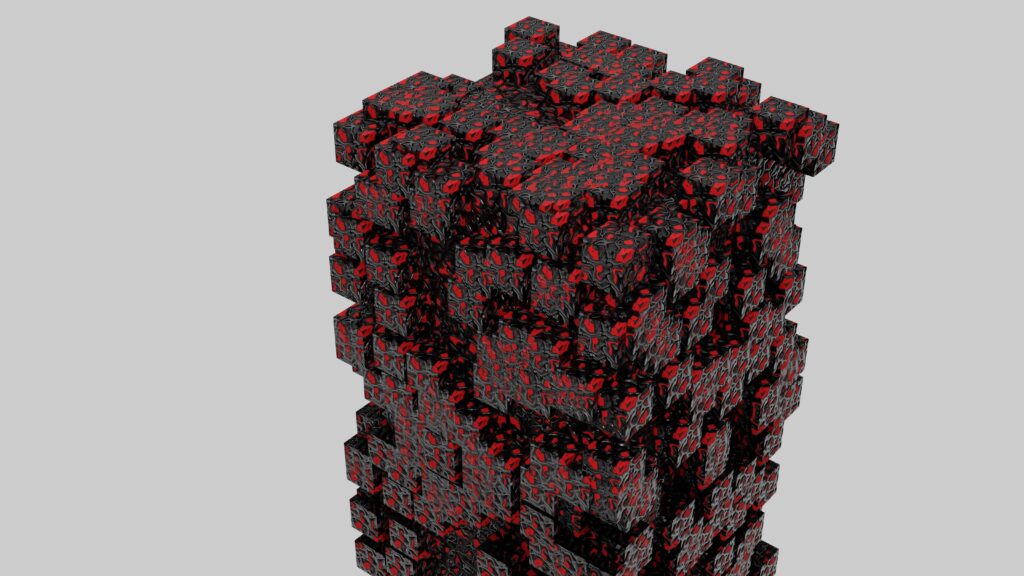
Web 3 payments
Web2’s payment infrastructure relies on banks and payment processors, excluding people without bank accounts or those who happen to live within the borders of the wrong country. Web3 uses tokens like Ethereum (ETH) to send money directly in the browser and requires no trusted third party.
Current Web 3 limitations!
User experience
The technical barrier to entry to using Web3 is currently too high. Users must comprehend security concerns, understand complex technical documentation, and navigate unintuitive user interfaces. Wallet providers, in particular, are working to solve this, but more progress is needed before Web3 gets adopted en masse.
Education
Web3 introduces new paradigms that require learning different mental models than the ones used in Web 2.0. A similar education drive happened as Web 1.0 was gaining popularity in the late 1990s; proponents of the world wide web used a slew of educational techniques to educate the public from simple metaphors (the information highway, browsers, surfing the web) to television broadcasts. Web3 isn’t difficult, but it is different. Educational initiatives informing Web2 users of these Web3 paradigms are vital for its success.
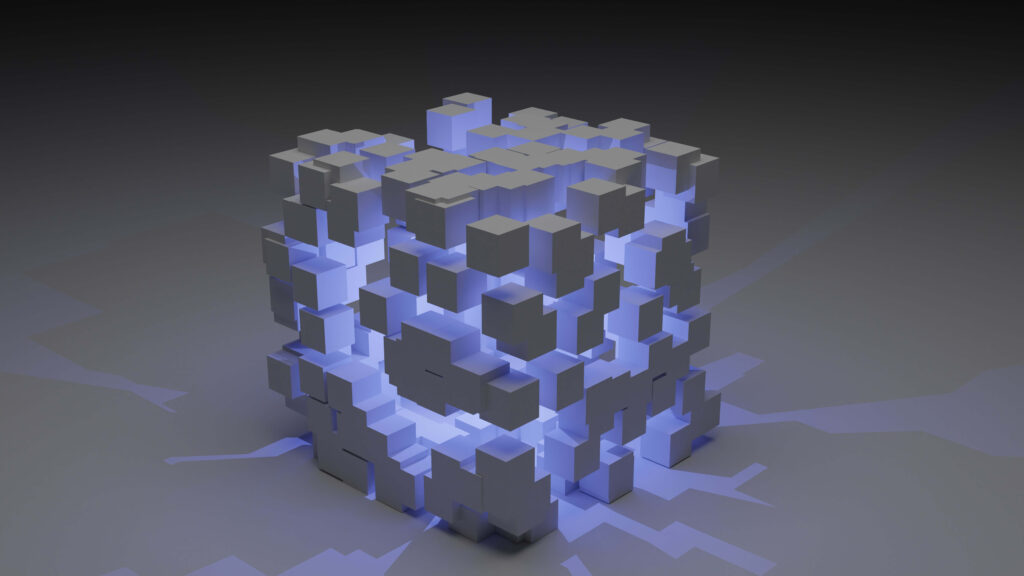
Centralized infrastructure
The Web3 ecosystem is young and quickly evolving. As a result, it currently depends mainly on centralized infrastructure (GitHub, Twitter, Discord, etc.). Many Web3 companies are rushing to fill these gaps, but building high-quality, reliable infrastructure takes time.
A decentralized future
Web3 is a young and evolving ecosystem. Gavin Wood coined the term in 2014, but many of these ideas have only recently become a reality. In the last year alone, there has been a considerable surge in the interest in cryptocurrency, improvements to layer 2 scaling solutions, massive experiments with new forms of governance, and revolutions in digital identity. We are only at the beginning of creating a better Web with Web3, but as we continue to improve the infrastructure that will support it, the future of the Web looks bright.

